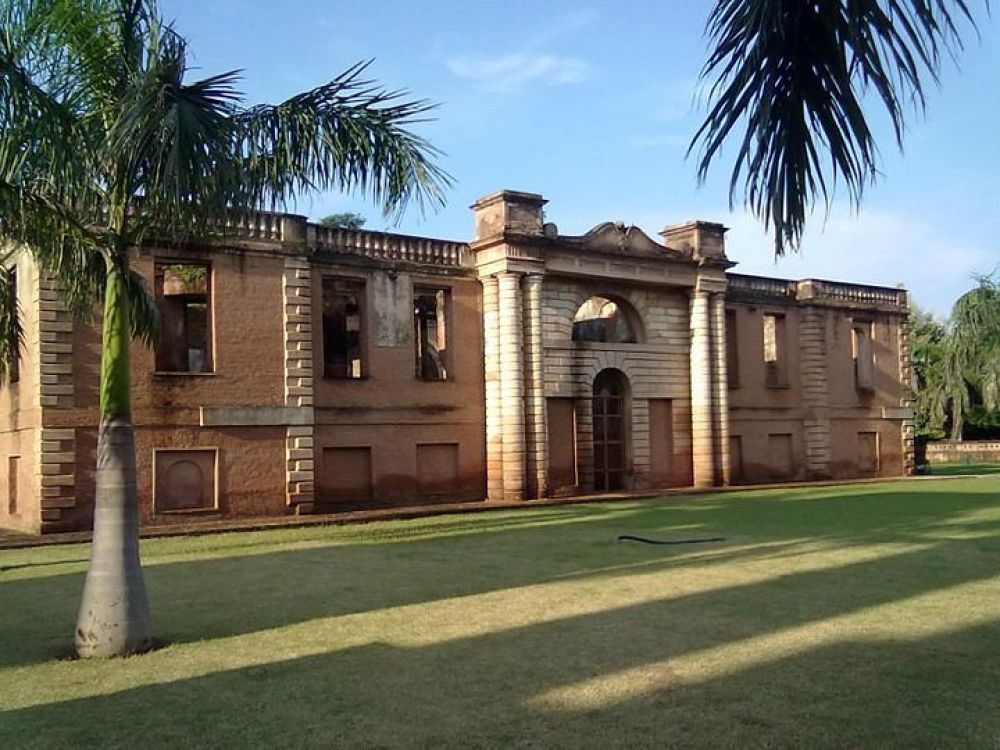

Nestled in the heart of Lucknow, the capital city of Uttar Pradesh, the Dilkusha Kothi is an architectural marvel reflecting the legacy of the Nawabs and the colonial era. The history of tourism at Dilkusha Kothi is deeply intertwined with the city's rich cultural tapestry and its pivotal role during the 1857 Indian Rebellion.
The Dilkusha Kothi was originally built as a hunting lodge for the British Resident Major Gore Ouseley around 1800 and was later expanded upon by Nawab Saadat Ali Khan. It was designed by a British architect in the English Baroque style, which was unusual for this region, making it a unique attraction. The Kothi witnessed significant events during the 1857 uprising, where it suffered considerable damage during the siege of Lucknow.
Owing to these historical events, Dilkusha Kothi started attracting tourists, historians, and architectural enthusiasts, becoming an iconic symbol of Lucknow's resistance and resilience.
Initially, Dilkusha Kothi served as a backdrop for the few who were interested in the history of British India. Over time, as Lucknow emerged as a key tourist destination, the site became a part of the city's broader historical narrative. The Government of Uttar Pradesh, along with the Archaeological Survey of India, has taken significant steps to preserve this monument, making it more accessible to visitors.
Throughout the years, the garden around the Kothi has been developed, seating arrangements have been added, and signages providing historical information have been introduced, augmenting the overall tourist experience.
In recent times, Dilkusha Kothi has not only attracted history buffs but also photographers, nature lovers, and those seeking a tranquil environment away from the bustle of the city. It has also become a popular spot for school excursions and educational tours, given its historical significance.
Heritage walks have become increasingly popular, with guided tours offering insights into the Kothi's past and its role in the 1857 uprising. Cultural events and exhibitions are occasionally held in its premises, adding to the site's charm. The blend of history, architecture, and serene gardens creates a holistic experience for visitors.
The integration of technology has also improved tourism at Dilkusha Kothi. Interactive mobile apps and augmented reality experiences enable visitors to visualize the erstwhile grandeur of the Kothi. The recent focus on sustainable tourism practices ensures the conservation of the historical site while facilitating tourism.
Today, the ruins of Dilkusha Kothi serve as a poignant reminder of Lucknow's storied past. The location is easily accessible to tourists and remains open on all days. While the structure itself lies in ruins, the remaining edifice and the expansive gardens surrounding it continue to enchant visitors from around the world.
As a destination expert, it is recommended to visit Dilkusha Kothi during the cooler months, from October to March, for the most comfortable experience. Visitors are encouraged to take guided tours for a comprehensive understanding of the site's history and its significance in the larger fabric of Lucknow's heritage.